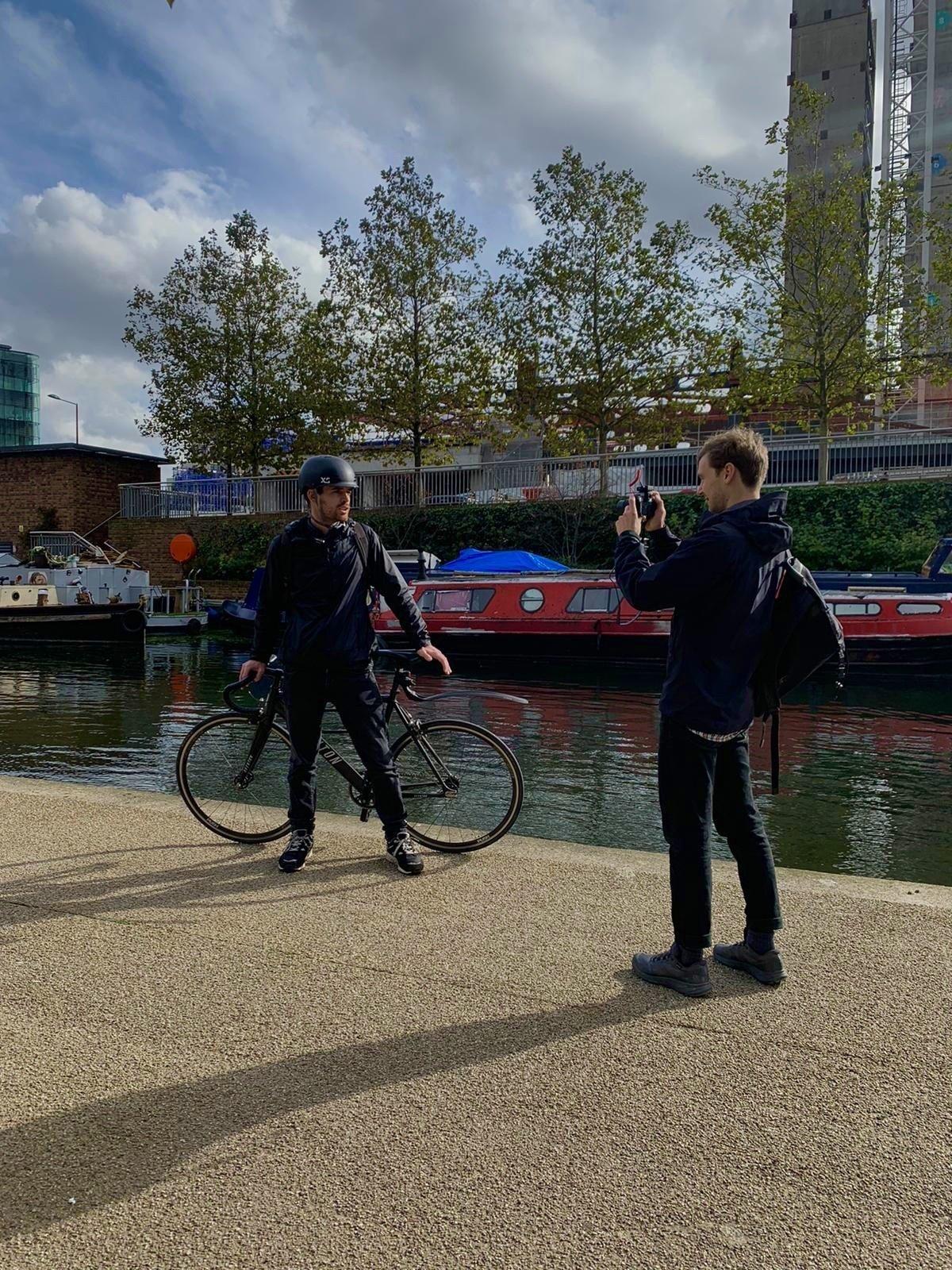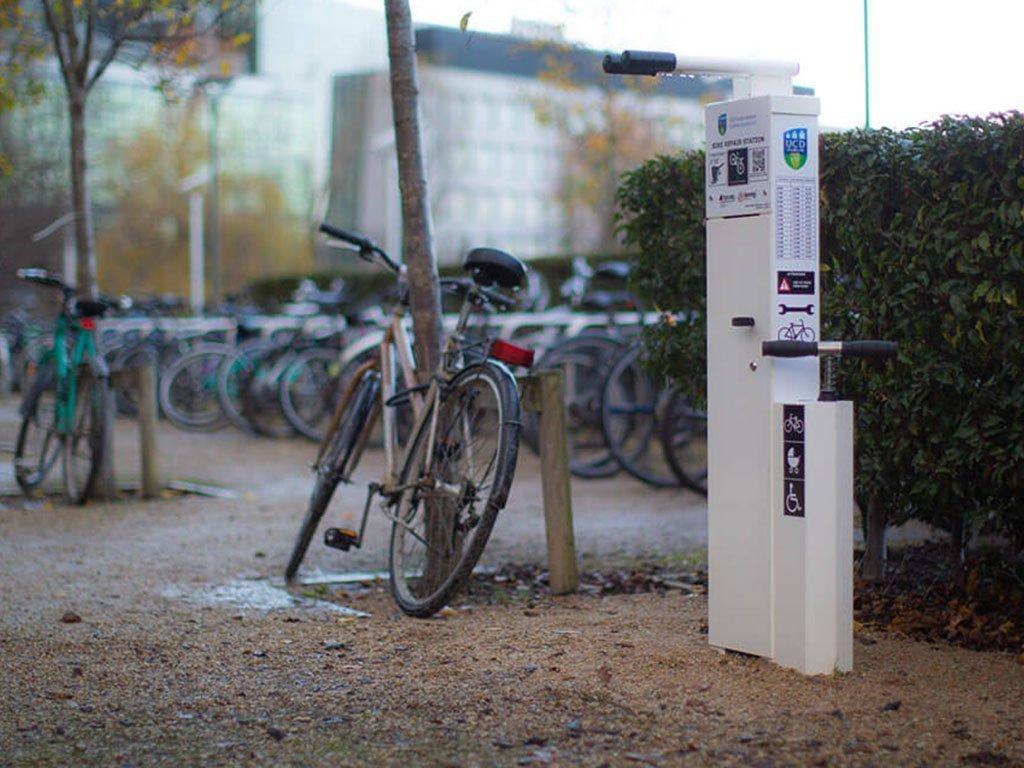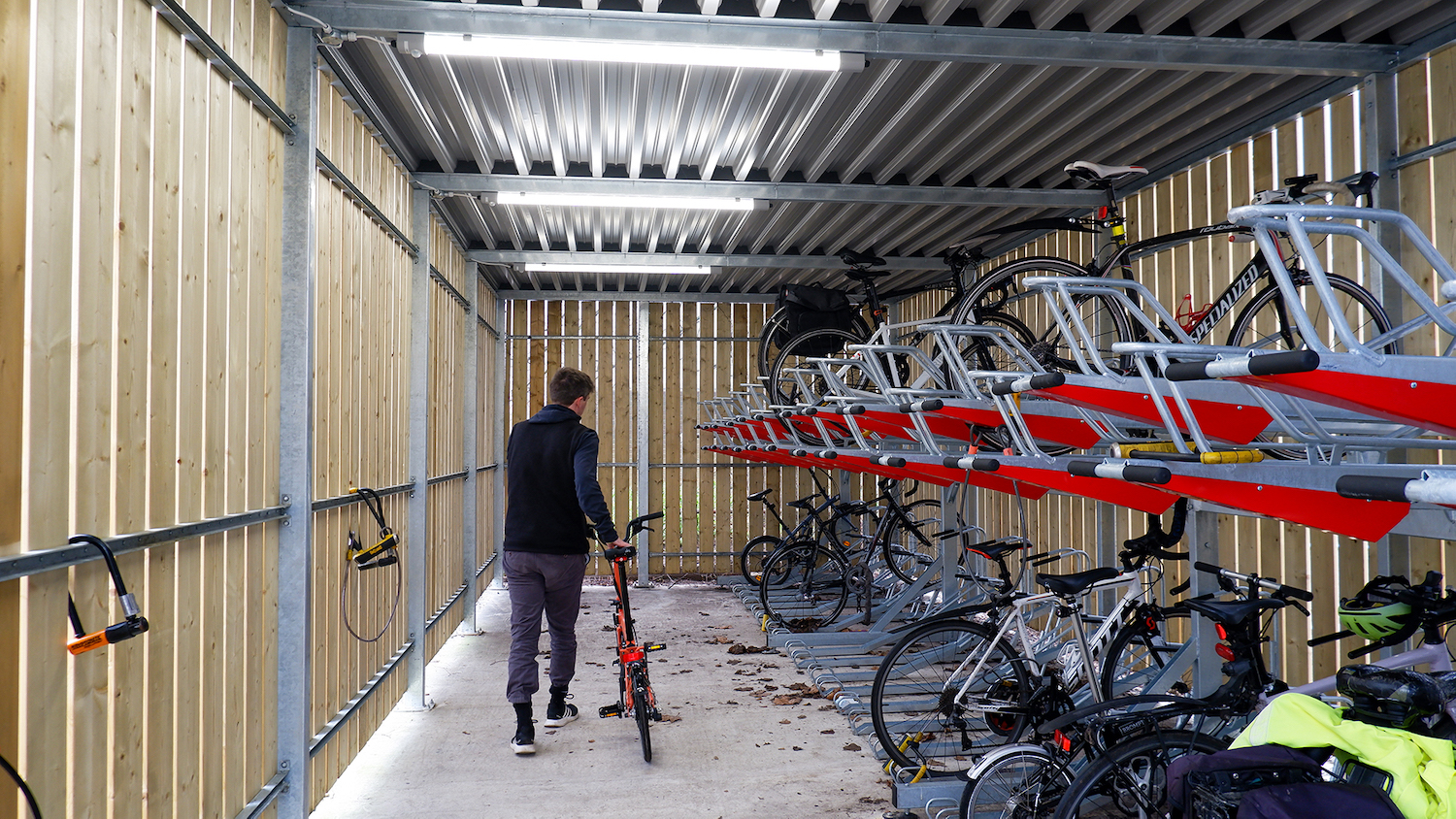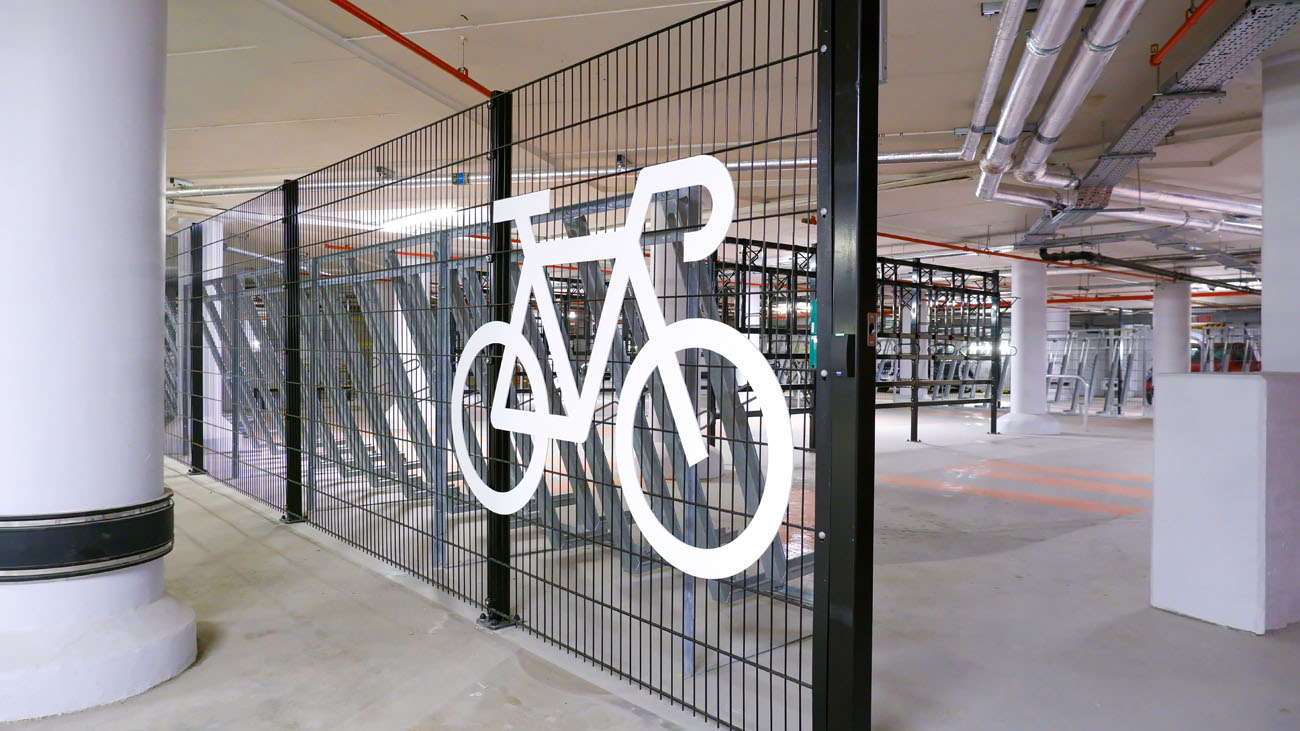Our Experience With The Cycle To Work Scheme
The Cycle to Work Scheme is a government initiative launched in 1999 to get more people riding a bike to work.
For many people it represents a great way to save anywhere from 25-42% on a new bike, depending on your tax contribution. Put simply, it works through ‘salary sacrifice’, whereby you spread the cost of a new bike over a 12 – 48 month period.
Here at Turvec we’re signed up to the cycle to work scheme, with three of us successfully riding new bikes in the last couple of years. Here’s how it works, and our experience with the scheme.
How does it actually work?
The idea is that your employer buys the new bike, and you ‘hire’ it back from them by sacrificing a portion of your salary. The actual saving comes from not paying tax or national insurance contributions off the monthly fee – it comes from your gross, not net, salary.
To use the scheme, your employer needs to be signed up to one of the providers, but note that it’s not available for those self-employed. However, if you’re technically employed by your own limited company, then you can sign up for the scheme.
Tito, our operations manager, used the cyclescheme to buy his bike in 2019:
“The first thing I did was find my nearest bike shop. I asked if they did the cycle to work scheme, they did, and were very used to customers using it. We set a budget and they helped choose the right bike for me, from there it was a case of doing the relevant paperwork – it was very straightforward.”
How much could you save?
Because the payments are exempt from tax, that’s where your saving percentage is calculated. For example, if you sit in the 42% tax bracket, that’s how much you could save on the bike.
For a basic rate tax payer, i.e. someone earning £25,000 per year, you’ll save 32%. The monthly cost of the bike is subtracted from your gross salary, meaning you save on the tax for those contributions throughout the hire period. Note that the monthly payments don’t allow you to push your salary below the minimum wage.
No matter how much the saving, the scheme still functions at its base as an interest free loan.
“It wasn’t just the saving through the scheme, you end up saving on the cost of public transport costs, which really add up. Plus, it’s the quickest way to get around town,” Tito adds.
There are handy calculators available to calculate your savings based on your salary and the cost of the bike like this one here.
Do you actually own the bike?
Even though you’re legally ‘hiring’ the bike, the bike is, to all intents and purposes, yours.
The government guidelines state that “at least 50% of the cycle’s use must be for ‘qualifying journeys’, i.e. commuting”, but in reality, no one is going to be stopping you going out on a weekend ride.
Once the hire period comes to an end, you have to nominally ‘buy’ the now depreciated bike back off your employer. This fee is calculated by the length of the hire period and the original value of the bike. In reality though, employers rarely charge the full nominal amount.
“Even though you’re technically hiring the bike, it feels as good as yours. Once the one year hire period was over, you get three different options. I chose the most cost effective, paying a small deposit that means in three years’ time I’ll be in full ownership,” Tito says.
Is there a limit on what you can spend?
Originally, the scheme had a £1000 limit on the bike you could buy, but this was recently scrapped, meaning there is now no limit (so long as your employer’s scheme allows you to). That means you can go for higher end options, and increase the total percentage you save.
E-bikes and mountain bikes are available on the scheme too, and it also covers equipment like helmets and clothing. Alongside the bike, Tito picked up a helmet, lock, and lights.
“I left the bike shop with everything I needed to start cycling to work,” Tito said.
Where can I buy my bike?
The vast majority of UK bike shops are signed up to one, or more, of the government backed schemes. Their websites will list the shops you can buy from, simply enter your postcode and find your local shop.
Some direct to consumer brands are available too, like German manufacturer Canyon, and UK based Ribble Cycles.
Liam, our designer, recently used the scheme to buy a new mountain bike from Ribble.
“I decided on the bike, then put the value into cyclescheme, and it worked out at a £400 saving. Once I’d got the cyclescheme quote from the shop, it was approved by both Turvec and cyclescheme, and I was given a unique code to enter into the Ribble basket.
“Now it’s just a case of waiting for the bike to be built and delivered to me.”





